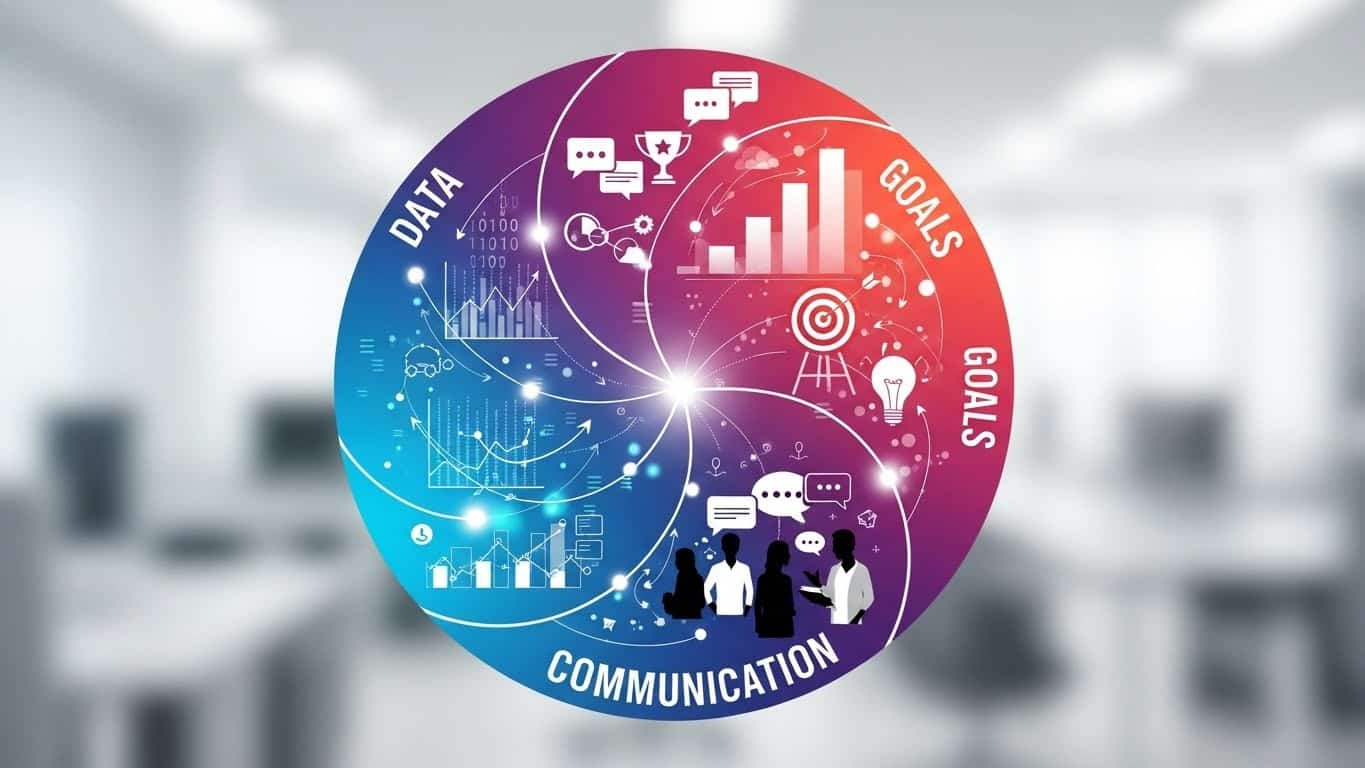AI in Leadership Development & Succession Planning: A Paradigm Shift
The realm of leadership development and succession planning is undergoing a significant transformation, and the protagonist of this change is Artificial Intelligence (AI). Like a masterful symphony conductor, AI harmonizes the vast amounts of data, feedback, and analytics to craft a strategic future for organizations. As businesses endeavor to identify, nurture, and preserve high-potential talent for pivotal roles, AI emerges as a potent ally. Let’s delve into the nuances of how AI is reshaping leadership development and succession planning.
1. The AI Advantage in Leadership Development
Leaders today are expected to navigate a rapidly changing business landscape, drive innovation, and foster organizational growth. AI’s intervention in leadership development has proven to be revolutionary in several ways:
Data-Driven Insights: AI evaluates leaders and potential leaders based on their performance, behavior, and personality. It meticulously pinpoints strengths, areas for improvement, and potential growth avenues.
Personalized Feedback: AI offers tailored feedback and coaching that aligns with individual goals, preferences, and the specific context in which they operate.
Adaptive Learning: AI tailors learning paths, adjusting content based on a leader’s progress, needs, and areas of interest. For instance, as Dan Schawbel, a renowned author and expert, highlights, AI-powered coaching platforms can dissect a leader’s communication style and decision-making processes, offering real-time feedback and training recommendations.
2. AI’s Prowess in Succession Planning
Succession planning, a critical process for any organization, is also being redefined by AI:
Efficient Identification of Future Leaders: AI synthesizes data from assessments, surveys, and performance reviews to construct a talent reservoir brimming with individuals primed for leadership roles.
Dynamic Matching: AI not only identifies but also matches candidates to specific leadership positions based on their readiness, aspirations, and fit for the role.
Predictive Analytics: Drawing from Schawbel’s insights, AI employs predictive analytics to single out high-potential employees. By scrutinizing myriad data points, AI detects patterns and trends that might escape the human eye, enabling organizations to cultivate a more accurate assessment of employee potential.
3. The Many Benefits of AI-Driven Leadership
Embracing AI for leadership development and succession planning brings forth a plethora of advantages:
Efficiency and Quality: AI reduces human biases and errors, enhancing the consistency and accuracy of leadership development processes.
Talent Engagement: By offering personalized support, feedback, and growth opportunities, AI bolsters talent engagement and retention.
Alignment with Organizational Goals: AI ensures that future leaders are well-equipped with the necessary skills and mindsets to tackle current and forthcoming challenges, keeping them in sync with the organization’s vision and objectives.
4. The Challenges Looming on the Horizon
However, like any technological advancement, the integration of AI comes with its set of challenges:
Ensuring Data Validity: It is paramount to ensure the data and algorithms employed are of the highest quality and free from biases.
Balancing AI with Human Judgment: While AI provides invaluable insights, it’s crucial to balance its recommendations with human intuition and expertise.
Change Management: The introduction of AI may be met with resistance. Thus, fostering awareness, trust, and acceptance among stakeholders becomes vital.
5. Best Practices: Harnessing the Power of AI
To unlock the full potential of AI in leadership development and succession planning, organizations should:
Define AI’s Role: Understand the reason for integrating AI and align it with the organization’s strategy and culture.
Select the Right AI Tools: Opt for AI solutions that are reliable, user-friendly, and align with the organization’s needs.
Engage Stakeholders: Regular communication, training, and feedback can ensure that stakeholders are on board and make the most of the AI tools at their disposal.
Continual Evaluation: Regularly assess the impact of AI and make necessary adjustments to ensure its effectiveness.
In conclusion, as the dawn of a new era in leadership development and succession planning emerges, AI stands at the forefront, promising a future of unparalleled precision, personalization, and potential.





